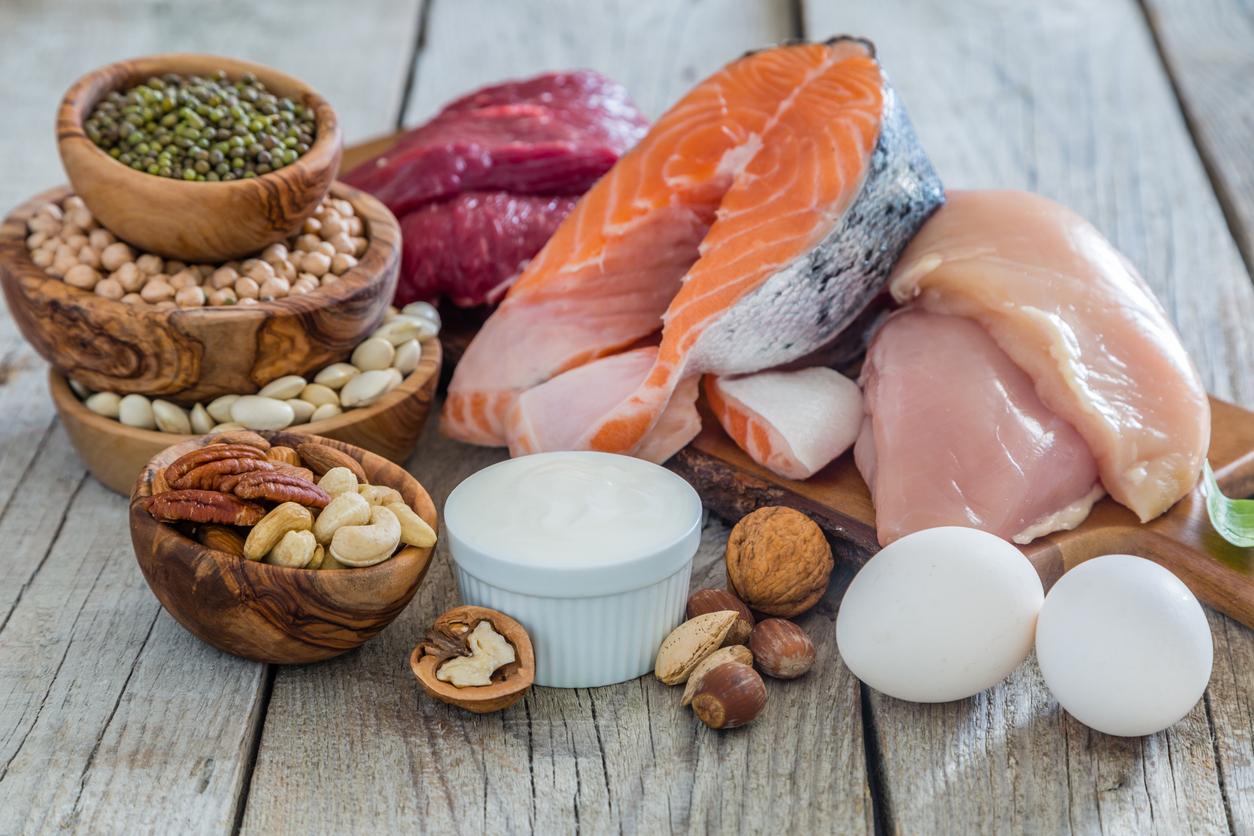Dietary fiber plays a crucial role in the prevention and management of type 2 diabetes.

- Blood sugar regulation: Soluble fiber slows the absorption of sugars and regulates blood sugar levels.
- Diabetes prevention: A diet rich in fiber reduces the risk of developing type 2 diabetes.
- Metabolic health: Fiber improves insulin sensitivity and promotes a healthy gut microbiota.
Understanding the impact of fiber on our bodies can help us eat healthier and better control our blood sugar levels.
How does fiber affect type 2 diabetes?
Dietary fiber, found in fruits, vegetables, whole grains, and legumes, is a nondigestible carbohydrate that has many health benefits. Its impact on type 2 diabetes is particularly significant. Soluble fiber, in particular, slows the absorption of sugars into the bloodstream, helping to regulate postprandial glucose levels. It forms a gel in the stomach that slows gastric emptying, prolonging the feeling of satiety and reducing blood sugar spikes.
The Benefits of Fiber for Metabolic Health
Increasing dietary fiber intake is associated with better metabolic health. A diet high in fiber can reduce the risk of developing type 2 diabetes by 20–30%. Dietary fiber also improves insulin sensitivity, which is crucial for people with type 2 diabetes. By promoting a healthy gut microbiota, fiber helps reduce systemic inflammation, a key factor in the development of diabetes.
How to incorporate more fiber into your diet?
It is recommended to consume at least 25 to 30 grams of fiber per day. To achieve this goal, it is essential to favor foods that are naturally rich in fiber. Here are some practical tips:
- Fruits and vegetables: Include a variety of fruits and vegetables in every meal. Apples, berries, carrots and broccoli are especially high in fiber.
- Whole grains: Opt for whole grains like oats, quinoa, brown rice and whole grain bread.
- Legumes: Add legumes like lentils, chickpeas and beans to your dishes.
- Nuts and Seeds: Incorporate nuts and seeds into your snacks and salads.

Dietary fiber plays a vital role in the prevention and management of type 2 diabetes. By incorporating more fiber into our daily diet, we can improve our metabolic health, regulate our blood sugar levels, and reduce our risk of developing diabetes-related complications. Adopt a high-fiber eating pattern for a better quality of life and effective management of your diabetes.
Best sources of fiber:
- Fruits: Apples, oranges, berries, pears
- Vegetables: Carrots, broccoli, spinach, sweet potatoes
- Whole grains: Oats, quinoa, brown rice
- Legumes: Lentils, chickpeas, black beans
- Nuts and seeds: Almonds, chia seeds, flax seeds















